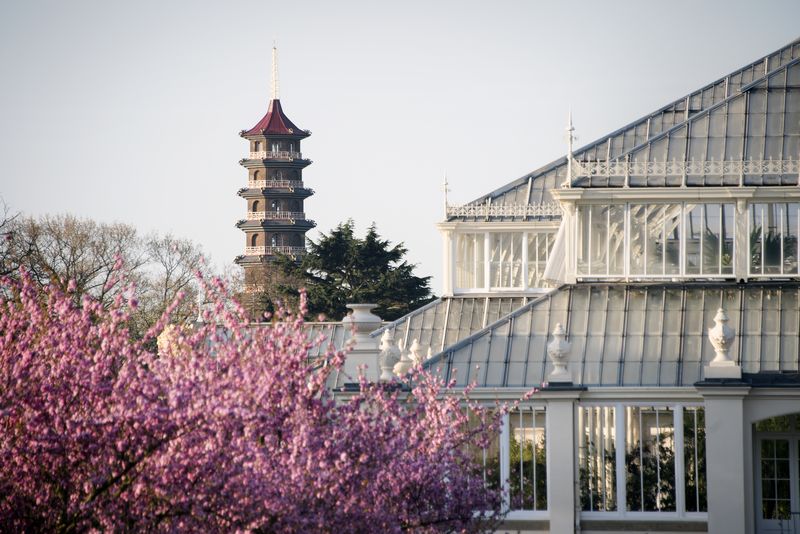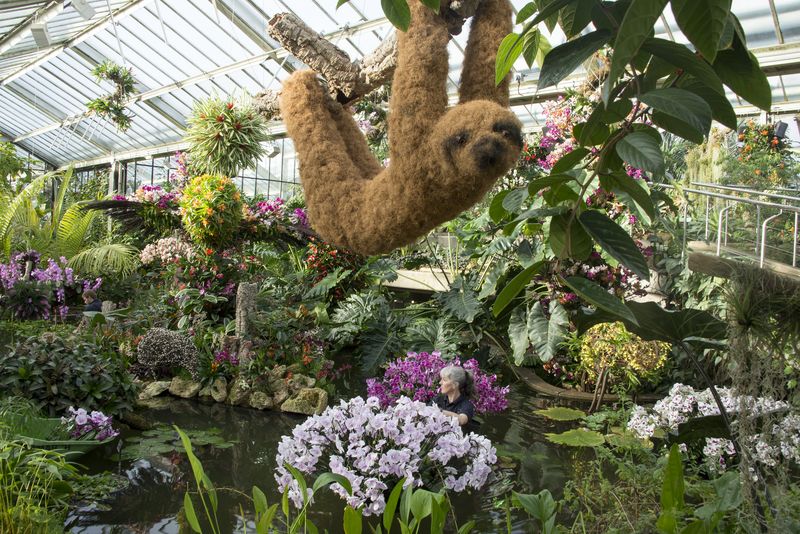
Ahead of Princess Alexandra’s upcoming visit to Kew Gardens, we’re taking a look back at its history and the story of Princess Augusta’s involvement in the 18th century.
Princess Augusta of Saxe-Gotha-Altenburg married George II’s son, Frederick, Prince of Wales, in 1736. She was just 17-years-old and spoke almost no English, but this Princess of Wales was to make a huge impact on her new home in London.

However, her destined role as Queen Consort was not to be. The Prince of Wales died suddenly in 1751, making Augusta one of the four Princesses of Wales in history who did not become consorts.
After Frederick died, Augusta largely shied away from life at court and tucked herself away with her nine children. But she came into her own and found great pleasure in developing the gardens at the summer residence of Kew Palace, which she and her husband had started. Under Augusta’s direction, Kew was greatly expanded and developed and she became the founder of this important green space in London.
Augusta involved well-known botanists such as Lord Bute and Rev Stephen Hales in creating a world-class botanic garden. Some of the buildings she commissioned include the Great Pagoda, the Orangery, the Great Stove, the Temple of the Sun, and the Mosque. The towering Great Pagoda still stands today and was completed in 1762 by Sir William Chambers, who travelled around East Asia to study their architecture. According to Kew Gardens, the structure “offered one of the earliest and finest bird’s eye views of London” and following a recent restoration project, visitors can now experience the same view for themselves.

In addition to follies and buildings, Augusta took a great interest in exotic plants and started the Physic and Exotic Garden around 1759, bringing in a range of plants and trees from around the world. By 1768 the collection contained an impressive 2,700 species.
Augusta’s son George III, along with Joseph Banks, later joined the gardens of Richmond and Kew estate, forming what is now Kew Gardens.
Visitors to Kew Gardens today might not know about Princess Augusta, but her legacy lives on. Her plant collection is still kept in a special area of the gardens and in 1987, Diana, Princess of Wales opened the Princess of Wales Conservatory, named in honour of the influential princess who came before her.

